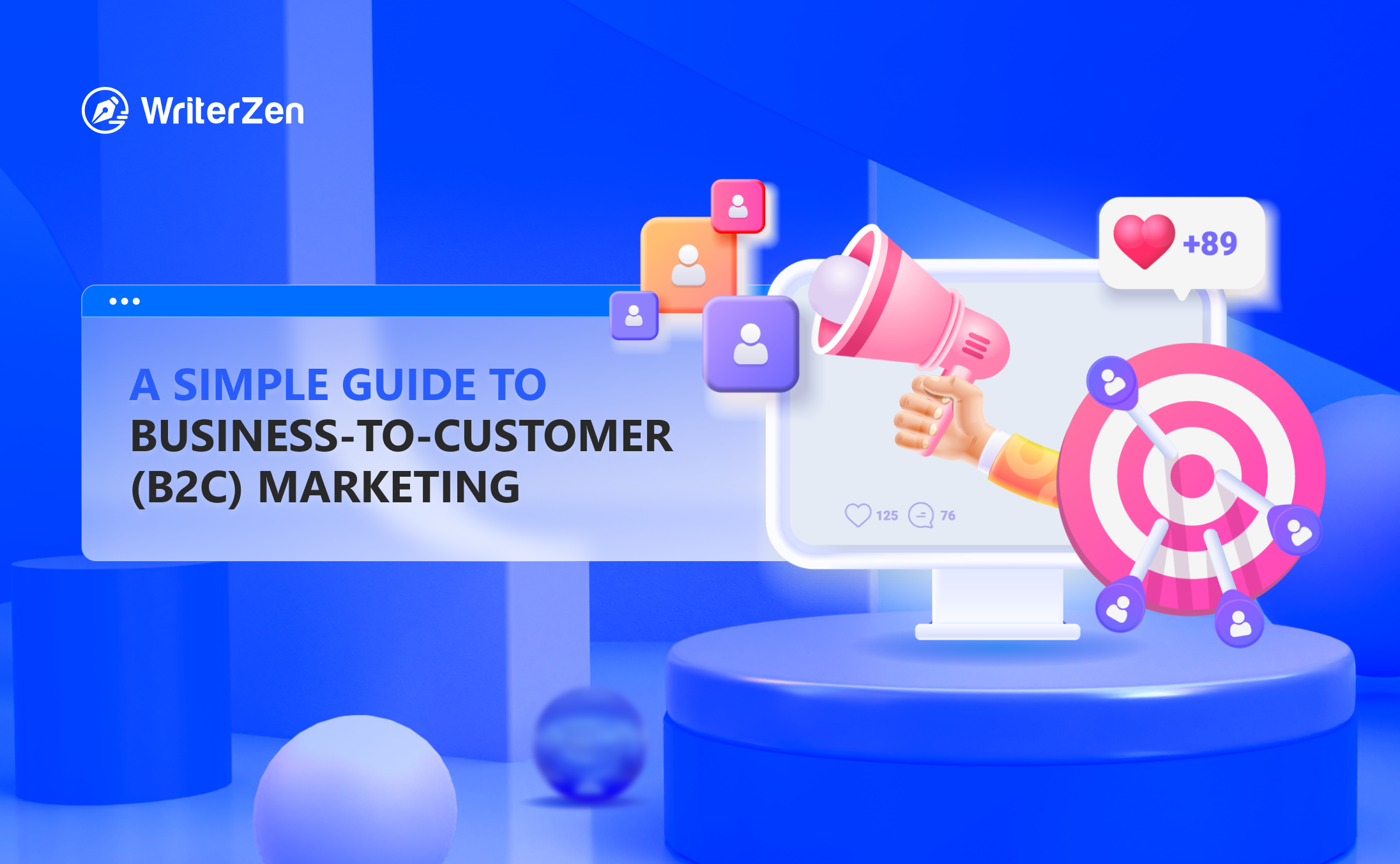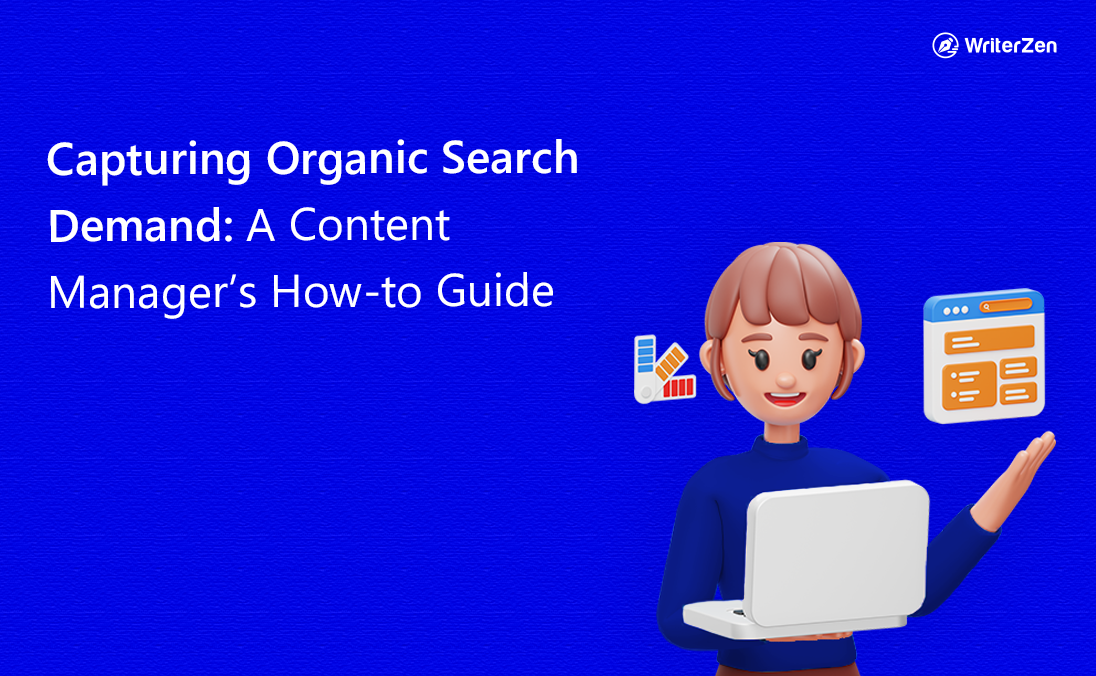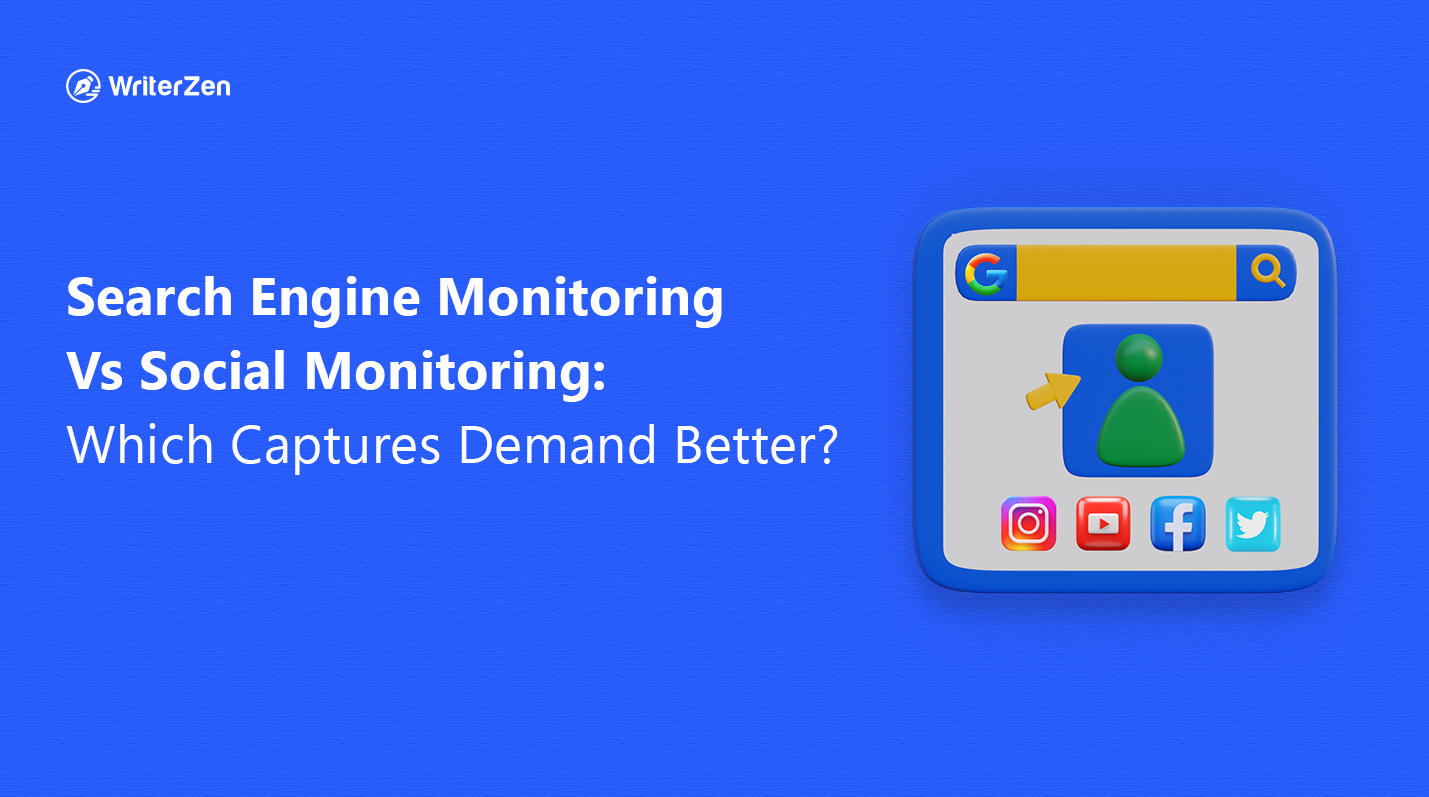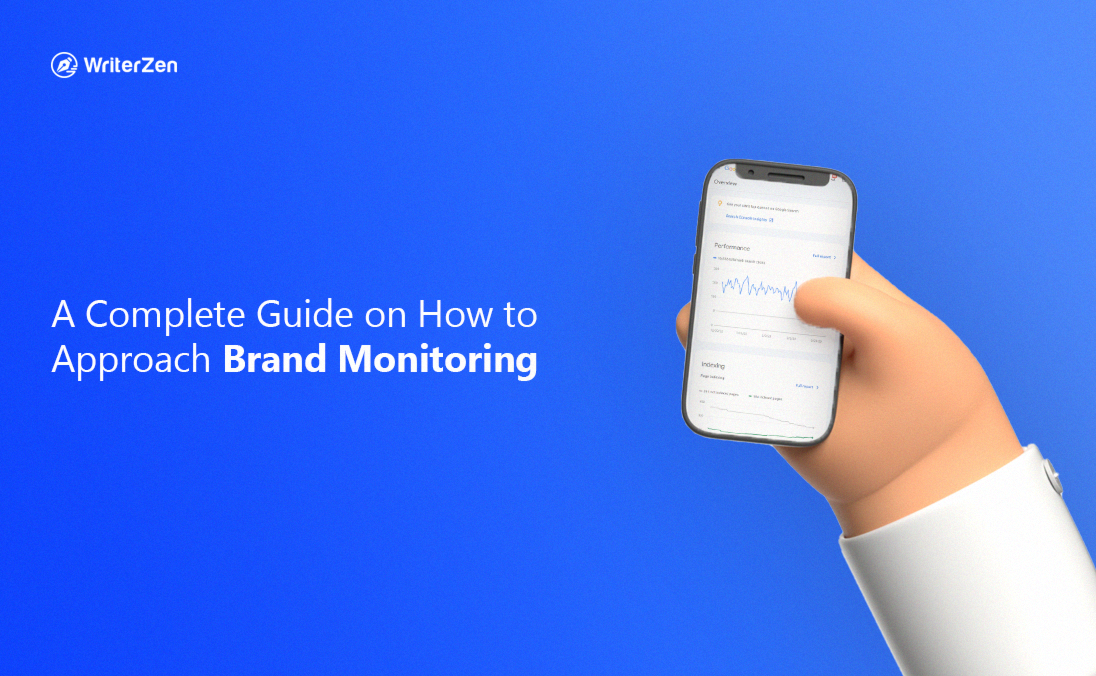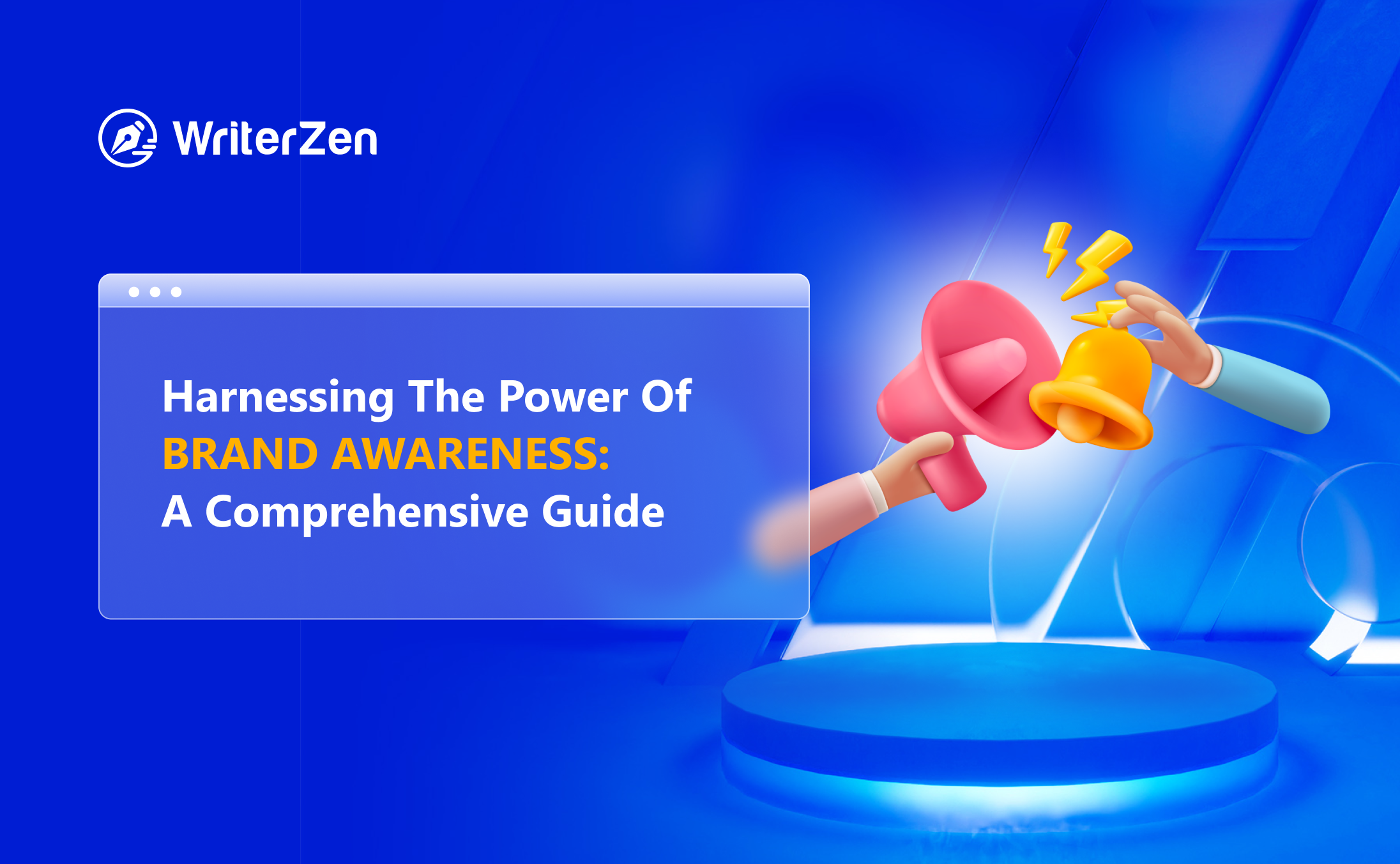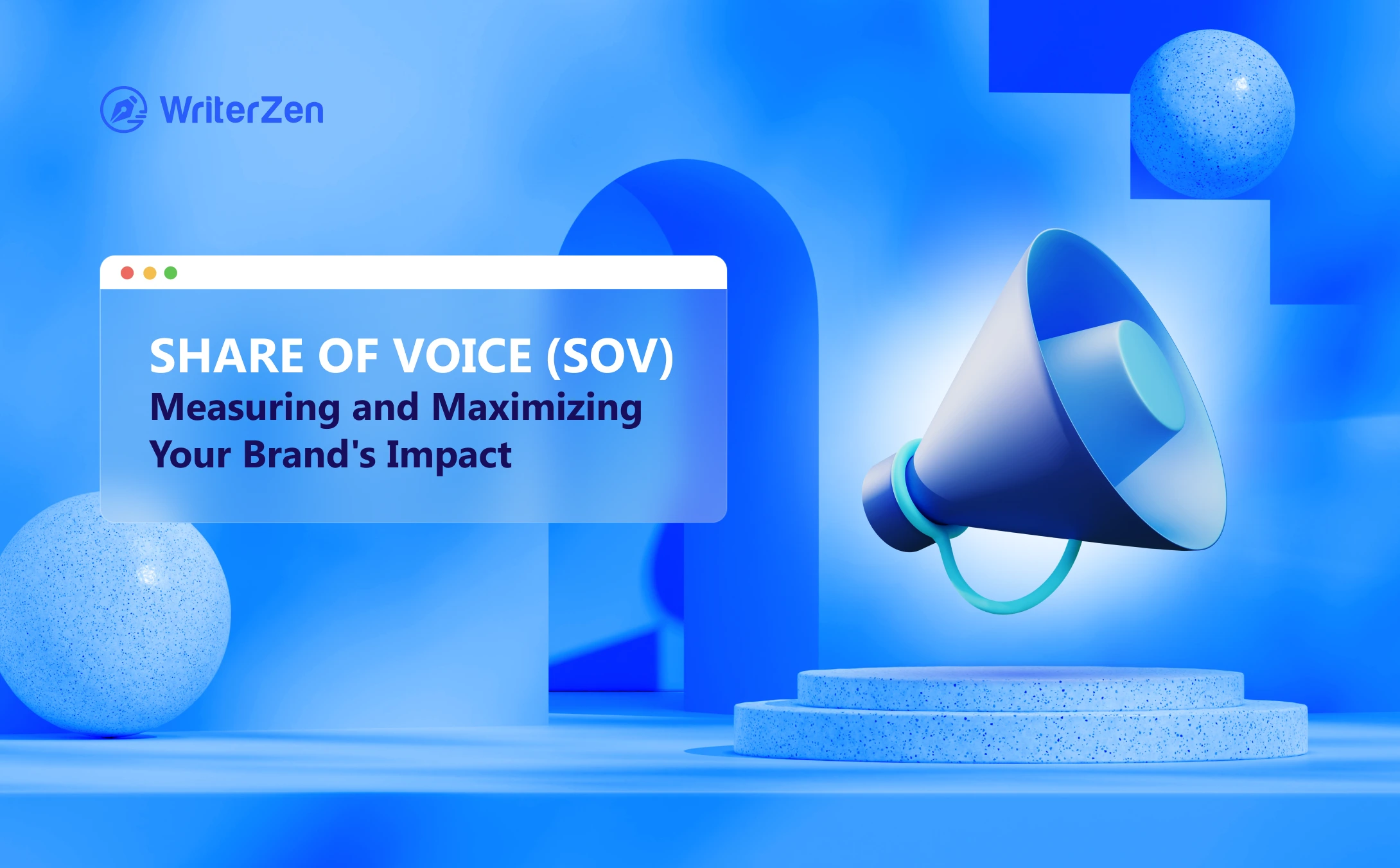Businesses and consumers are more interconnected than ever, and understanding the intricacies of different marketing models is vital.
One such model that holds significant importance is business-to-customer (B2C) marketing. This strategic approach is the cornerstone of attracting customers, nurturing loyalty, and fostering repeat purchases.
Definition of B2C Marketing
At its core, B2C refers to the transactions between businesses and individual consumers. It's the realm of commerce where companies market and sell their products or services directly to end-users.
Unlike business-to-business (B2B) interactions that involve transactions between two businesses, B2C focuses on catering to the needs and preferences of individual consumers.
The goals of a B2C marketing approach are multifaceted and strategically aligned to foster meaningful connections with consumers. These goals include:
-
Brand Awareness: B2C marketing aims to amplify brand recognition, ensuring that your business's name, offerings, and values are well-known and easily recognizable among your target audience.
-
Engagement: Engaging consumers on a deeper level is a cornerstone of B2C marketing. By crafting compelling content and interactive experiences, you foster genuine connections that resonate beyond mere transactions.
-
Lead Generation: Lead generation is pivotal in expanding your customer base. B2C marketing strategies are designed to attract and convert potential customers, nurturing their interest and guiding them toward purchasing.
-
Brand Advocates: B2C marketing goes beyond transactions to cultivate brand advocates who genuinely believe in and promote your offerings. These customer evangelists become vocal supporters, spreading positive word-of-mouth and enhancing your brand's reputation.
-
Revenue Growth: Ultimately, B2C marketing aims to drive sales. By understanding consumer behavior, preferences, and pain points, you can tailor your strategies to encourage conversions and increase sales volume.
-
Customer Retention: A successful B2C marketing approach doesn't stop at the sale; it's focused on building long-lasting relationships. B2C strategies nurture customer loyalty, encourage repeat purchases, and elevate the overall lifetime value of each customer.
How B2C Differs from B2B
Before we delve deeper into the world of B2C, let's highlight the key differences between B2C and its counterpart, B2B.
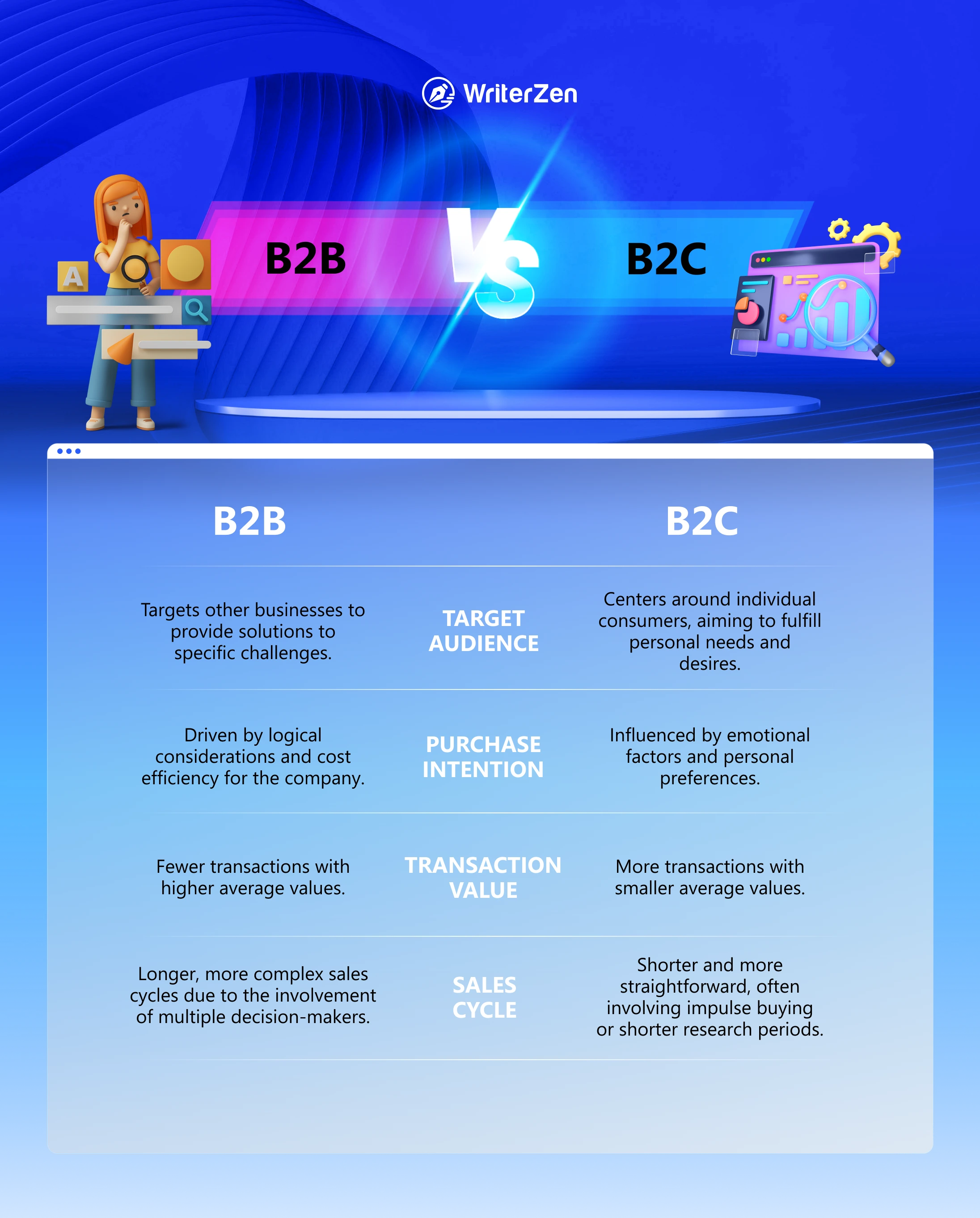
-
Audience Orientation: B2C centers around individual consumers, aiming to fulfill their personal needs and desires, while B2B targets other businesses to provide solutions to specific challenges.
-
Purchase Decision: In B2C, buying decisions are often influenced by emotional factors and personal preferences. B2B decisions, on the other hand, are driven by logical considerations and cost efficiency.
-
Transaction Volume: B2C transactions generally involve more customers but have smaller average transaction values. B2B transactions, though fewer in number, tend to have higher average values.
-
Sales Process: B2C sales cycles are usually shorter and more straightforward, focusing on impulse buying or shorter research periods. B2B transactions typically have longer, more complex sales cycles due to the involvement of multiple decision-makers.
B2C Sales Models
-
Direct-to-Consumer (DTC): DTC sales models bypass intermediaries, allowing businesses to establish a direct connection with consumers. Through their online platforms or physical stores, businesses can create personalized shopping experiences, tailor product offerings, and gather valuable customer feedback. DTC models emphasize brand-consumer relationships and authenticity.
An example of a DTC model is Dollar Shave Club, which sells affordable razors directly to online customers.
-
E-commerce Marketplaces: E-commerce marketplaces like Amazon, eBay, and Alibaba provide expansive platforms for businesses to showcase and sell their products to a global audience. These platforms offer exposure to an already established customer base, making it an attractive option for companies looking to reach a broader market without investing heavily in their e-commerce infrastructure.

-
Subscription Services: Subscription services like Netflix and Spotify epitomize customer loyalty and predictability. Businesses offer products or services repeatedly, encouraging consumers to subscribe for regular access. This model fosters a sense of commitment and ensures a steady revenue stream while consumers enjoy the convenience of scheduled deliveries and access to ongoing benefits.
-
Social Commerce: Social commerce merges social media and e-commerce, allowing consumers to purchase directly within their preferred social media platforms like Facebook and Instagram. Brands showcase products through engaging content, seamlessly integrating shopping features. This model capitalizes on the social nature of online interactions, making shopping a communal and interactive experience.
-
B2C Dropshipping: B2C dropshipping is a model that optimizes the distribution process. In this approach, businesses offer products to consumers without physically stocking inventory. Instead, products are sourced from suppliers and shipped directly to customers through platforms like Shopify and Amazon. This model reduces the complexities of inventory management and offers consumers a wide range of products without the burden of holding physical stock.
-
Community-Based Sales: The community-based sales model harnesses the power of collective engagement to drive purchases. Brands build communities around shared interests, values, or hobbies. By creating spaces where consumers interact, exchange ideas, and feel a sense of belonging, brands can promote products and services within a trusted community, fostering authentic connections that drive conversions.
A great example of this is the beauty brand Sephora with its Beauty Talk and Beauty Board forums.
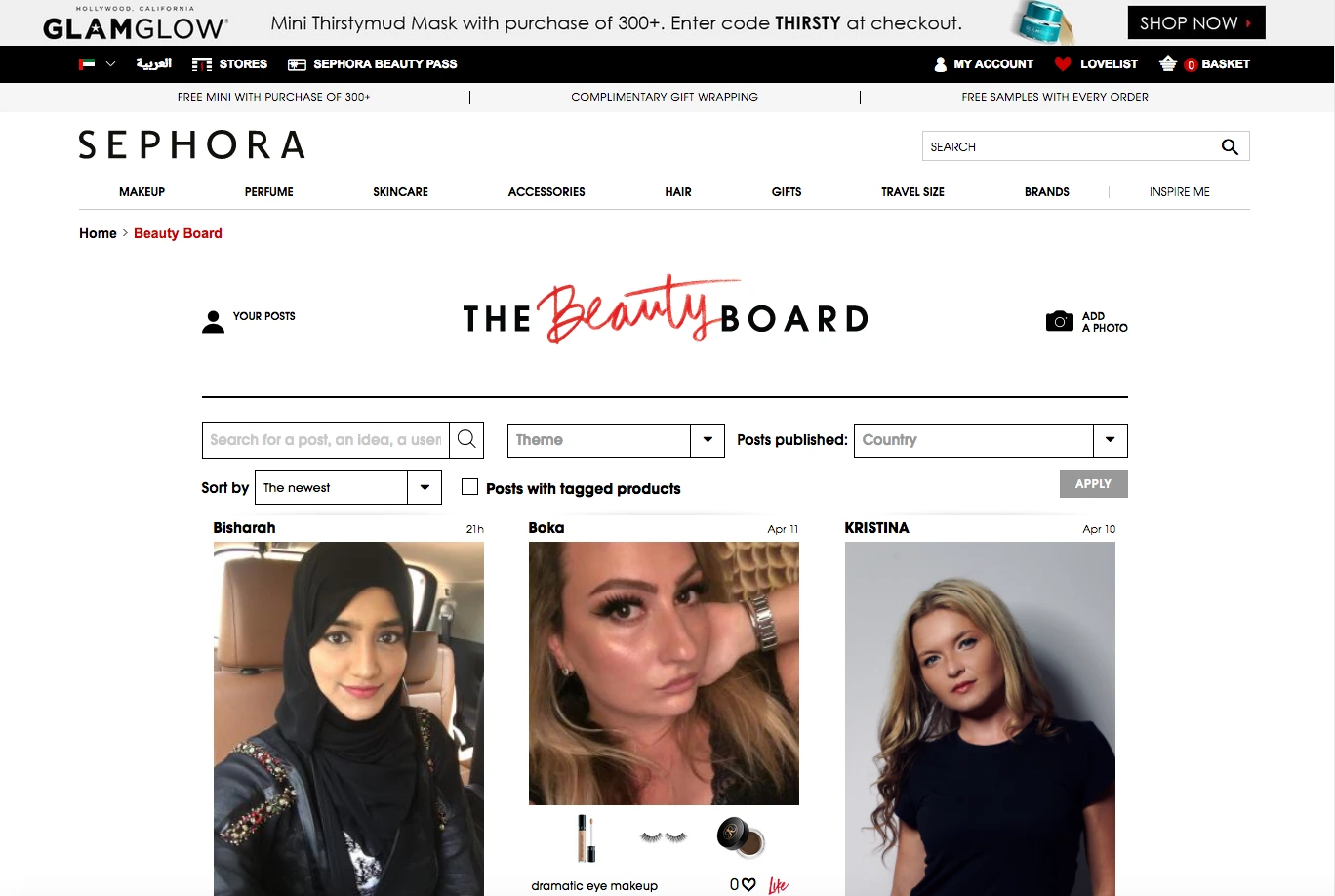
-
Ad-Based Sales: Businesses offer content, services, or platforms while generating revenue through advertisements on platforms like Google. By delivering value to consumers and capitalizing on the attention they attract, brands can achieve monetization while maintaining a consumer-centric approach.
The Advantages and Challenges of B2C
Advantages of B2C
-
Vast Market Potential: B2C allows businesses to tap into a massive consumer market, offering the potential for high sales volume. Connecting with countless consumers across demographics and locations fuels substantial revenue growth.
-
Direct Customer Relationships: Direct consumer interaction fosters brand loyalty, enabling businesses to tailor their offerings to consumer preferences. Understanding individual preferences allows tailored offerings, strengthening emotional bonds beyond transactions.
-
Innovative Marketing: B2C marketing involves creative strategies to capture consumer attention, such as influencer collaborations, engaging content, and emotional appeals. These strategies foster memorable experiences that resonate deeply.
-
Rapid Feedback: B2C businesses can quickly gather customer feedback to improve products and services. Valuable insights from reviews, surveys, and social interactions drive continuous product enhancement, meeting evolving consumer preferences.
Challenges of B2C
-
Intense Competition: B2C operates in a highly competitive arena, demanding businesses to shine amidst fierce rivals. Success hinges on distinctiveness and capturing attention in a crowded landscape.
-
Customer Acquisition Costs: Gaining customers in B2C can be costly due to the extensive marketing required. Achieving visibility, engagement, and conversion demands substantial investments in attracting and retaining a consumer base.
-
Managing Inventory: Managing inventory poses challenges, especially with variable demand and seasonal products. Striking the right balance between supply and demand is crucial to avoid overstocking or shortages.
-
Changing Consumer Trends: Staying relevant in B2C requires constant adaptation to shifting consumer preferences and trends. Businesses must remain agile, adjusting strategies to resonate with ever-evolving consumer behaviors and expectations.
B2C Best Practices
B2C marketing is a multi-faceted endeavor that spans various platforms and channels. Ensuring a consistent brand message and experience across all touchpoints, whether social media, email, or your website, enhances your brand's credibility and trustworthiness.
Here are some tested-and-tried strategies for this type of business:
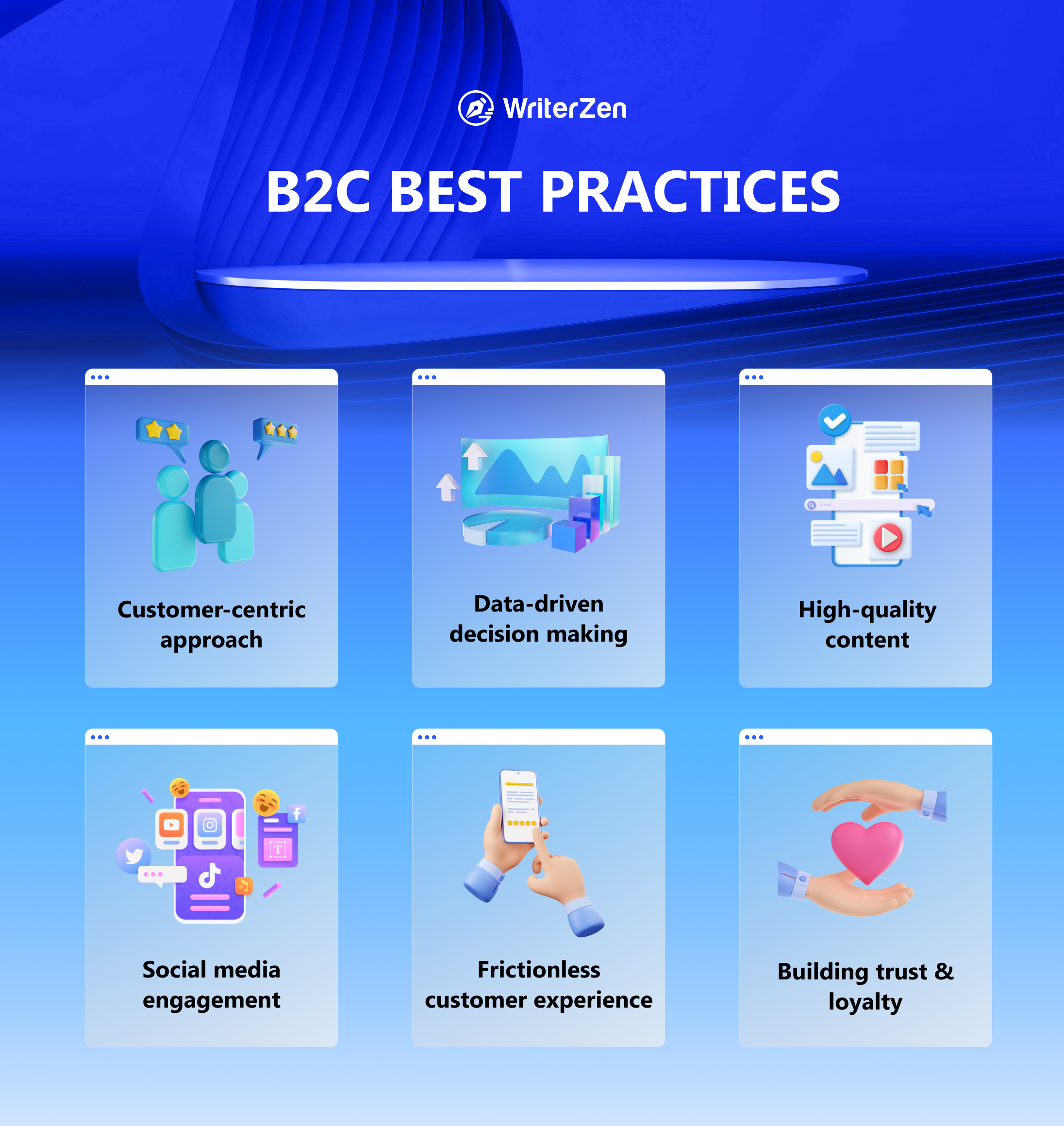
Customer-Centric Approach
Put yourself in your customers’ shoes. Analyze their online behavior, gather feedback, and personalize every interaction. Imagine a website recommending products based on previous purchases, making them feel like the store knows them personally. This fosters a positive customer experience and keeps them coming back.
Data-Driven decision making
Don't guess, analyze! Track metrics like website traffic, email open rates, and social media engagement. Use this data to understand what resonates with your audience and optimize your marketing efforts. Think of data as a roadmap leading you to the most effective campaigns and maximizing customer engagement.
High-Quality Content
Offer informative blog posts, engaging videos, and helpful tutorials that truly benefit your audience. Imagine informative recipes for a food brand, captivating travel guides for a tour company, or insightful financial tips for a bank. Valuable content builds trust and keeps customers coming back for more.
Social Media Engagement
Be where your audience is! Actively participate on relevant platforms, respond to comments, and spark conversations. Imagine hosting live Q&A sessions, sharing behind-the-scenes glimpses, and running interactive contests. This creates a community around your brand and fosters authentic connections.
Frictionless Customer Experience
From smooth website navigation to a seamless checkout process, every interaction should be effortless. Imagine one-click purchases, pre-filled address forms, and clear return policies. Frictionless customer experiences eliminate stress and encourage more purchases.
Building Trust & Loyalty
Be transparent in your pricing, honest in your marketing, and responsive to customer needs. Imagine offering loyalty programs, personalized discounts, and exclusive early access to new products. These gestures show appreciation and cultivate lasting brand advocates.
By focusing on these core principles, B2C businesses can create a customer-centric environment that fosters trust, loyalty, and long-term success. Remember, happy customers are repeat customers, and, ultimately, the foundation of your brand's growth.
Final Thoughts
Business-to-customer (B2C) interactions form the backbone of today's consumer-centric economy. Understanding the nuances of B2C is essential to carve your path to success.
You can establish a strong foothold in this dynamic landscape by embracing various B2C sales models, capitalizing on its advantages, and navigating its challenges. Remember, the key lies in knowing your audience, delivering exceptional value, and staying agile in response to ever-changing consumer dynamics.
With dedication, innovation, and a customer-centric approach, you'll be well on your way to harnessing the power of B2C and achieving remarkable success in the digital marketplace.


